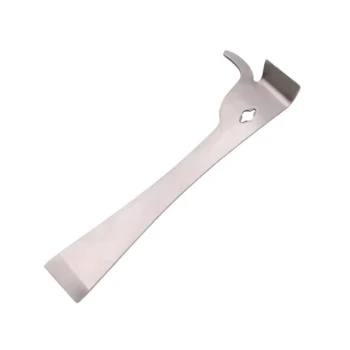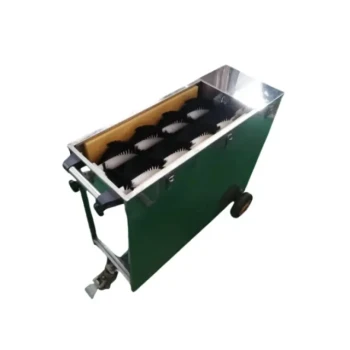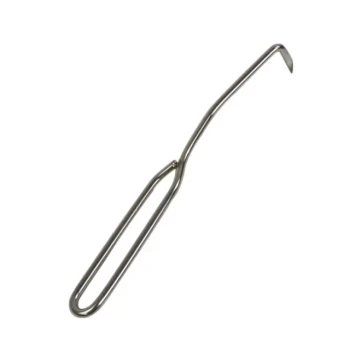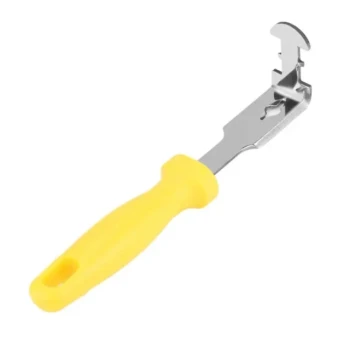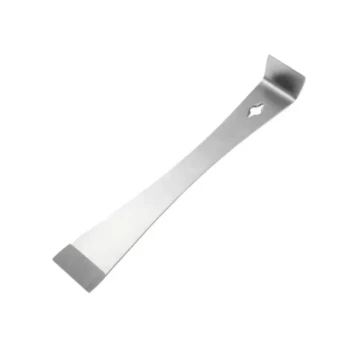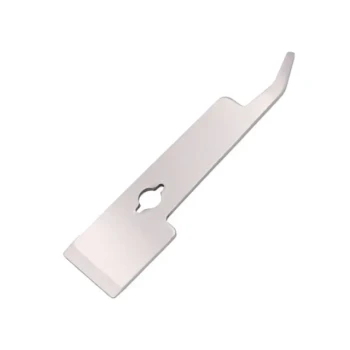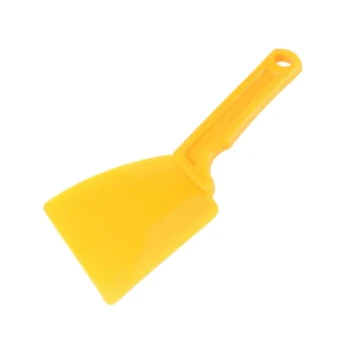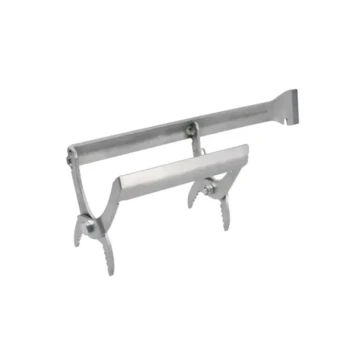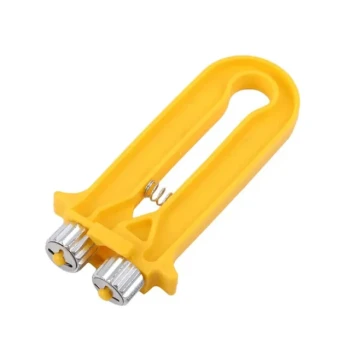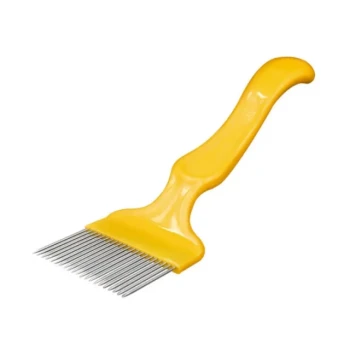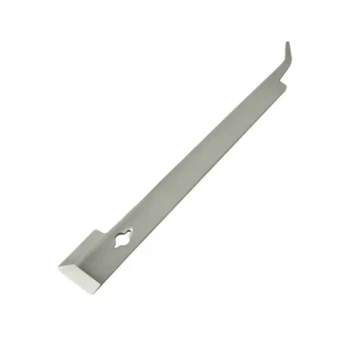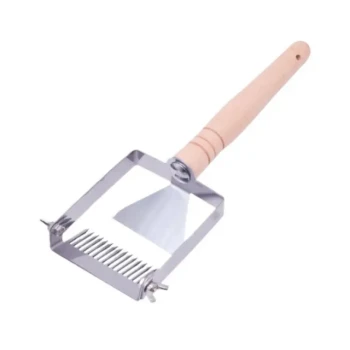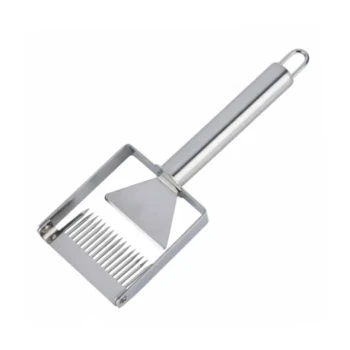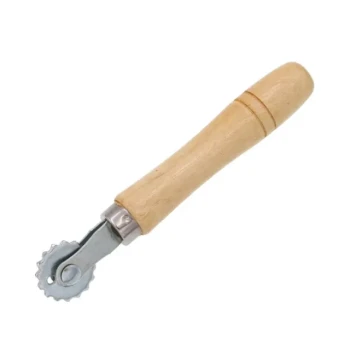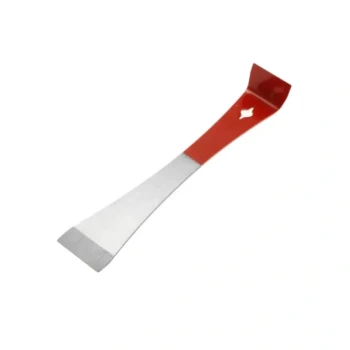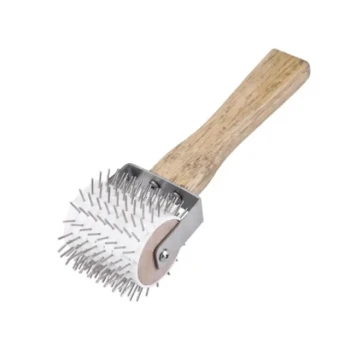The Varro EasyCheck provides a simple, standardized way to perform an alcohol wash for mite monitoring. It is a self-contained device where you collect a sample of 200 or 300 bees, add a washing solution like alcohol or windshield washer fluid, and shake it for 60 seconds. The agitation dislodges Varroa mites, which fall through a filter basket into a clear bottom basin for an easy and accurate count.
The true value of the Varroa EasyCheck is not just in performing a single mite count, but in providing a fast, repeatable, and highly accurate system. This consistency empowers beekeepers to gather reliable data over time, which is essential for making timely and effective hive treatment decisions.
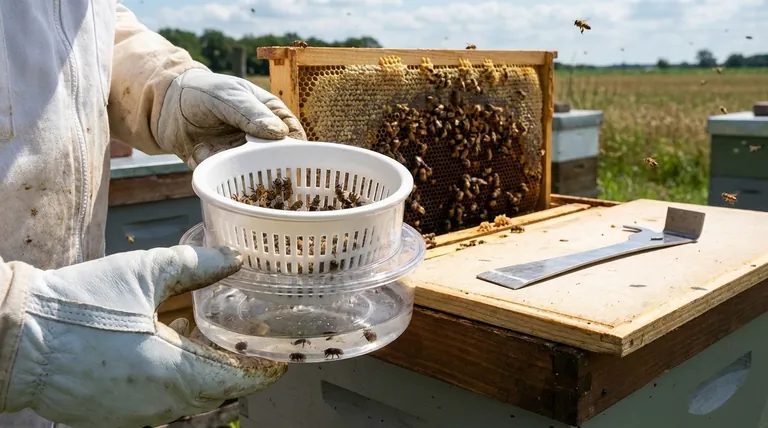
Why This Method is the Standard
The alcohol wash is widely considered the most accurate and reliable method for determining Varroa mite infestation levels. The EasyCheck device is simply a tool designed to make this professional-grade method more accessible and efficient for every beekeeper.
Unmatched Accuracy
The alcohol wash provides a definitive snapshot of the mite load on adult bees. It is the method trusted by commercial beekeepers, apiary inspectors, and scientists because it yields clear, quantifiable results without the ambiguity of other methods.
The Power of Consistency
The EasyCheck is designed with clear fill lines for both bees and fluid. This standardization removes guesswork and ensures your sampling process is the same every time, making your data more reliable for tracking mite population trends over the season.
Speed Encourages Frequency
The entire process, from sample collection to counting, is rapid. This efficiency is critical because it encourages the frequent monitoring necessary for effective Varroa management. Catching a rising infestation early is far better than reacting to a crisis.
The Step-by-Step Process for an Accurate Count
Following a precise procedure is key to getting trustworthy results. The most critical preliminary step is to find and isolate your queen to ensure she is not accidentally included in the sample.
Step 1: Prepare the Device
Pour your chosen washing fluid (rubbing alcohol or winter-grade windshield washer fluid) into the clear bottom bowl up to the indicated fill line.
Step 2: Collect the Bee Sample
Identify a frame from the brood box that contains nurse bees. Hold the frame vertically over the hive and collect a sample by gently knocking the frame or scooping bees into the white filter basket until they reach either the 200 or 300 bee line.
Step 3: Shake to Dislodge Mites
Quickly place the basket into the bowl, seal the yellow lid tightly, and shake the entire device with sharp, vertical movements for a full 60 seconds. This vigorous action is what ensures all mites are dislodged from the bees.
Step 4: Count and Calculate
After shaking, the mites will have fallen through the basket's screen into the fluid at the bottom. Simply count the mites in the clear bowl and calculate your infestation percentage.
- For a 300-bee sample:
(Mite Count / 3) = Infestation % - For a 200-bee sample:
(Mite Count / 2) = Infestation %
Understanding the Trade-offs
Objective analysis requires acknowledging the primary drawback of this method. Understanding the context is key to confidently using this tool for the greater good of the colony.
The Sacrifice of the Sample
The alcohol wash is a lethal test for the bees in the sample. This is an unavoidable aspect of the method's high accuracy.
The Justification for the Colony
A sample of 300 bees represents less than 1% of a healthy colony's population. This small, targeted loss is a necessary trade-off for gaining precise data that can be used to protect the other 40,000+ bees from a devastating Varroa infestation.
Inaccuracy of Alternatives
Non-lethal methods like a powdered sugar roll can be less accurate and highly variable depending on humidity and user technique. An inaccurate low count can give a false sense of security, allowing mite populations to explode and overwhelm the colony. The certainty of an alcohol wash prevents this.
Applying Your Results for Colony Health
Using your data is the final and most important step. Your infestation percentage should guide your management decisions based on established treatment thresholds, which are typically around 2-3%.
- If your primary focus is routine monitoring: Use the EasyCheck monthly during the active season to track trends and understand your hive's specific Varroa pressure.
- If your primary focus is deciding on treatment: Perform a test to confirm your mite level is above the economic treatment threshold before applying any miticide.
- If your primary focus is verifying treatment effectiveness: Conduct a follow-up test several weeks after treatment to ensure the mite population was successfully reduced below the threshold.
Consistent and accurate monitoring is the cornerstone of proactive Varroa management and long-term hive survival.
Summary Table:
| Step | Key Action | Purpose |
|---|---|---|
| 1. Prepare | Add fluid to fill line | Standardizes the washing process |
| 2. Collect | Scoop 200-300 nurse bees | Obtains a representative sample |
| 3. Shake | Agitate for 60 seconds | Dislodges mites from the bees |
| 4. Count | Tally mites in the basin | Calculates infestation percentage |
Upgrade your apiary's mite monitoring with the precision of the Varroa EasyCheck. As a trusted supplier for commercial apiaries and distributors, HONESTBEE provides the reliable equipment you need for data-driven hive management. Get consistent, accurate results to protect your investment and make informed treatment decisions. Contact our wholesale team today to discuss your beekeeping supply needs.
Visual Guide
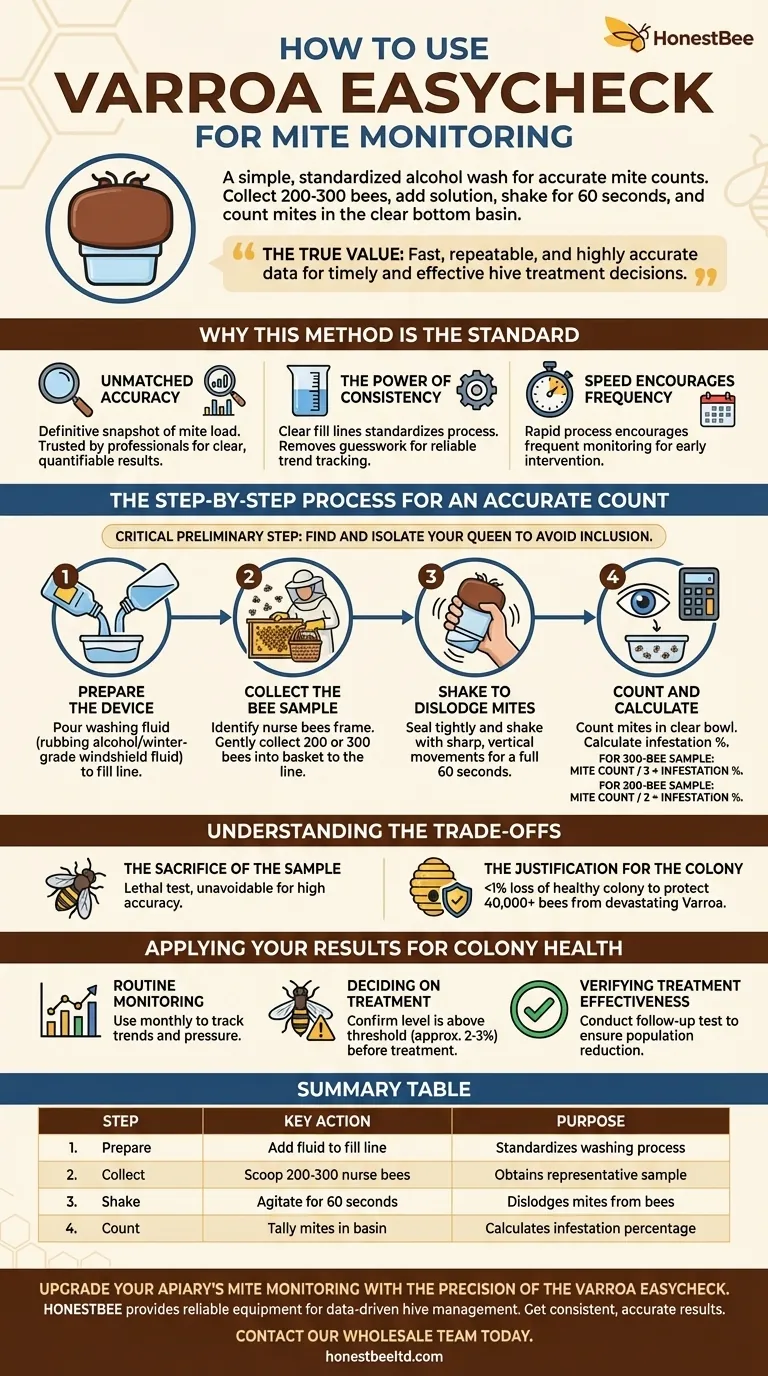
Related Products
- Professional Multi-Function Stainless Steel Hive Tool
- Professional Dual-End Stainless Steel Hive Tool for Beekeeping
- Commercial Grade Vertical Electric Bee Sweeper for Bee Removal
- Precision Stainless Steel Frame Cleaner for Hive Grooves and Corners
- Heavy Duty Stainless Steel Frame Cleaner with Plastic Handle
People Also Ask
- What additional measures are needed to protect a new hive? Essential Guide for New Colony Survival
- Why is frequent monitoring of hives important? Master Proactive Beekeeping for Colony Health
- What are the benefits of a multi-functional hive tool? Streamline Your Apiary Workflow with One Tool
- How can a modified hive tool be used to clean the smoker? A Guide to Reliable Beekeeping
- What happens when a bee hive is removed? The Critical Impact on the Colony
